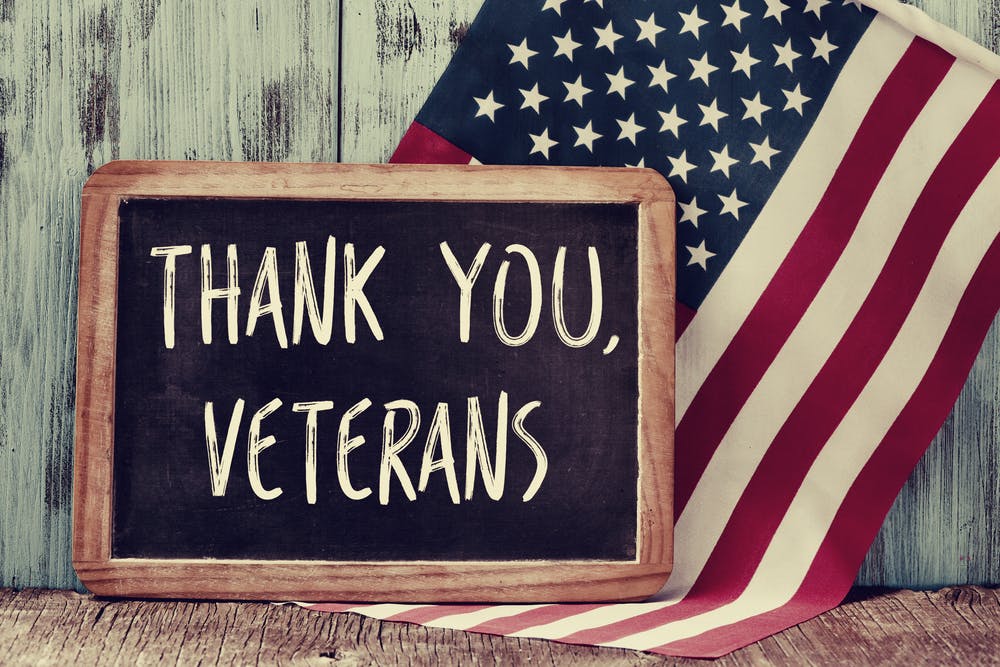On this Veterans Day, there is good job news for America’s military veterans. Far from the dark post-recession days when unemployment for recent vets was as high as 15.2%, the rate today — 4.7% — is lower than for the nation as a whole. And these are good jobs; the median income for veterans of both sexes is well above that for the civilian population.
Thanks to the effort of programs like Joining Forces, the Veterans Jobs Mission and others, companies across the nation stepped up and, over the last several years, have hired more than 1.5 million veterans.
There’s also strong evidence that employers heeded the call to learn about the broad range of skills veterans learned while in the military. Veterans, too, have helped employers understand that the jobs they held while serving are highly transferable to the civilian sector.
 The Census Bureau, which gathers statistics on veterans and the types of jobs they hold, estimated in 2014 that a higher percentage of veterans hold STEM jobs than do civilians generally. And the percentage was even higher for STEM-related occupations.
The Census Bureau, which gathers statistics on veterans and the types of jobs they hold, estimated in 2014 that a higher percentage of veterans hold STEM jobs than do civilians generally. And the percentage was even higher for STEM-related occupations.
A higher percentage of veterans, especially women in the Gulf War era I group (those on active duty on August 2, 1990; Gulf War era II veterans were those on active duty on or after 9/11) hold professional and related jobs than do those who never served. The Bureau of Labor Statistics says 37.7% of the Gulf War I women veterans are in professional occupations. For those women without military experience, the percentage is 27.6%.
The same is true when it comes to management, business, and financial operations occupations. A higher percentage of Gulf War I veterans — men and women are in these fields than are non-veterans.
The percentages for younger vets, those who served after 9/11, are similar to non-veterans.
Perhaps because many of these fields tend to pay well, the median income for male veterans is $38,978, while their non-vet counterparts is $34,168. For women vets, the median income is $32,446 vs. $22,505 for female non-veterans.
Despite all the progress, there is still room for improvement. A new CareerBuilder survey says 57% of veteran workers report being satisfied in their work, down from 65% last year and lower than the 76% of the general workforce who say they are satisfied.
The cause, speculates CareerBuilder, is underemployment. The survey found 22% of veterans report being underemployed, or in a position below their skill level; 20% report having a low-paying job.
However, employers are enthusiastic about the veterans they hire. Almost 7 in 10 say they would be more likely to hire the veteran, given a choice of two equally good candidates. That only makes sense, given that employers ranked veterans discipline and team player attitude among the strongest qualities they bring to the job.
Rosemary Haefner, chief human resources officer for CareerBuilder, says, “Our veterans bring a unique blend of discipline, leadership and problem-solving skills that employers would be foolish to pass up. But, it’s also up to the employer to keep these workers involved and challenged to do their best work.”
